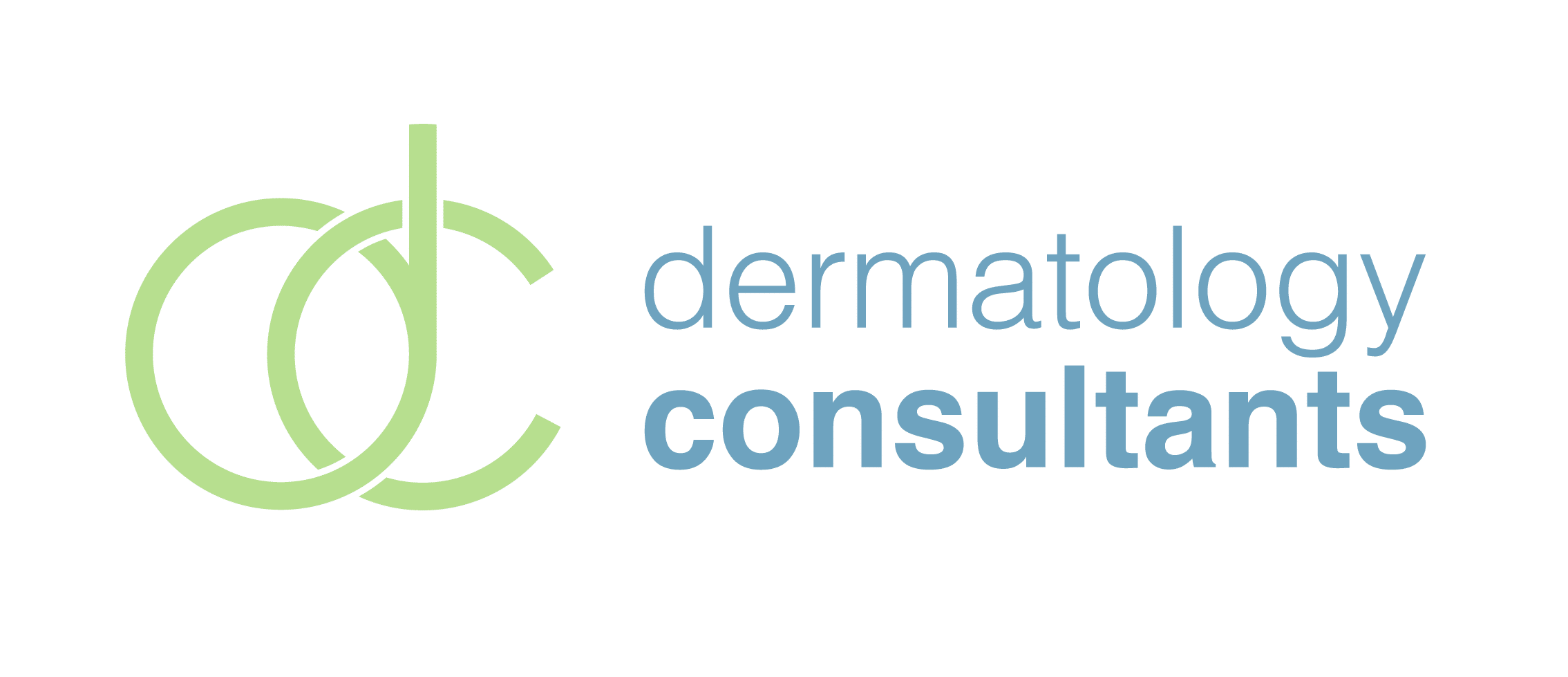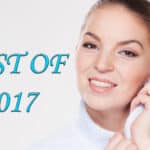Nail Care: Nailing Down the Facts
Many people are unaware of the importance of keeping nails healthy. Changes in your nails such as discoloration, swelling, and thickening can actually reflect the state of your health. Nails can signal for health problems such as liver and kidney disease, heart conditions, anemia, and diabetes. Caring for your nails requires more attention than just a trip to the nail salon, as nail problems usually increase when aging, affecting many senior citizens. About 10% of dermatologic conditions result from nail-related conditions, making nail care an important aspect of your daily routine. Luckily, caring for your nails is easy once you nail down the facts.
Cleaning Your Nails
Cleaning your nails is an essential part of your health care routine. To remove dirt and exfoliate dead skin surrounding the nail, apply soap to a toothbrush and gently scrub each part of the nail from the tip to the cuticle to avoid the risk of nail infections.
In addition to proper cleaning, keep nails short for a neater look that’s easier to care for. Longer nails will likely capture germs and fungus that can make you sick. Thus, be sure to trim your nails every two weeks depending on the growth rate. You should cut nails to the shape of the finger, straight across and rounded on the edges. This shape increases the strength of the nail, making them less prone to breaking. Toenails should have a separate, designated clipper. Although shorter nails will lessen the habit, avoid biting or picking at the skin around nails as this can lead to nail infections and pain.
For nails going through a lot of wear and tear, use a nail file or emery board to smoothen the nails and surrounding skin. Just as your skin and hair need moisture, your nails do too! Finish your cleaning routine with lotion to protect nails from dryness. Be sure to also wear gloves in the chilly weather for extra protection. If in a pool area or public shower, be sure to wear flip-flops to avoid toe fungus.
Painting Your Nails
Whether a salon-fresh manicure or at-home nail painting, it is important to pay attention to labels to ensure chemicals are nail safe. Certain polishes contain toxic chemicals such as dibutyl phthalate, formaldehyde, and toluenethese, making nails fragile and prone to cracking. Before applying polish, use a base coat to protect nails from stains and chemicals. Adding a topcoat further decreases chipping, and adds a perfect gloss to set your polish color. When removing nail polish, use an acetone-free remover to avoid drying out skin. Avoid using a remover more than twice per month as the chemicals are very harsh on nails. Be sure to space out the time between strong polish colors to give nails time to rest and repair from pigment, instead apply clear gloss. Frequent exposure to nail polish can cause nails to break and dry, turn nails yellow, and weaken the structure of the nail.
Cuticles are the tiny slivers of skin from the base of the nail, helping to seal the area where the nail grows. Cracked cuticles leave nails more vulnerable to bacteria and infection. Additionally, scrubbing nails too hard can expose nails to infection. Also avoid using nail tools under the nail as this causes the nail plate from the skin, leading to irregular white arching. Make sure to wash tools with soap, water and rubbing alcohol. If you visit a salon for a manicure, be sure to check that proper sanitation methods are being used. Dermatologists also recommend avoiding acrylic or gel manicures, as they weaken nails. The exposure to UV light in the drying device may damage the skin below and around the nail. This occurrence may lead to skin cancer. If you opt for a gel manicure, be sure to wear gloves that only expose the nail. Finally, make sure to apply sunscreen with an SPF of 30-50 to help reduce damage.
Eliminate Harmful Health Risks
About half of all nail disorders result from fungal infections. Most patients suffer from toenail fungal infections due to the warm and moist environments of shoes. Bacterial infections are also common due to injuries, nail biting, and poor hygiene. Melanoma, a deadly skin cancer, can grow under the nails and often be mistaken for injuries. If a dark-colored streak appears within the nail plate and the discoloration does not improve or the streak size increases, consult a dermatologist, as this could be a sign of melanoma. Nail injuries can cause white spots and vertical lines known as splinter hemorrhages. Additionally, you should consult a dermatologist if ingrown toenails may become infected.
Conclusions
In addition to cleansing, maintaining a healthy and balanced diet is essential to nail health. Protein-rich foods such a beans, fish and nuts as well as biotin, vitamin E and fish oil will help keep nails strong and healthy. For any signs of nail problems or other related health concerns, contact the dermatology group of Short Hills for treatment and prevention options.





